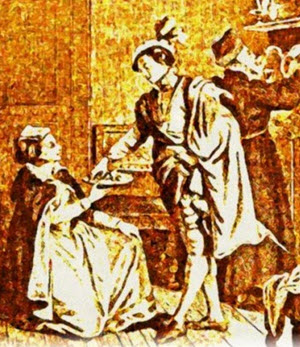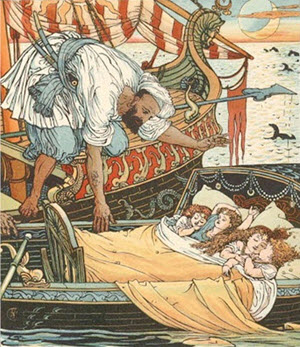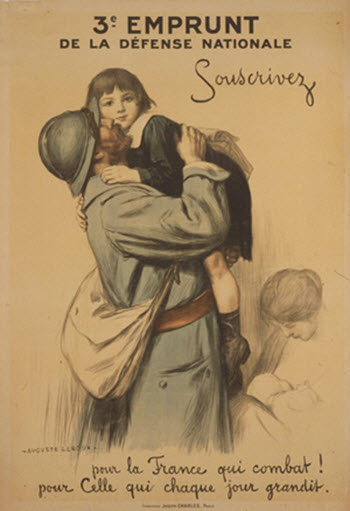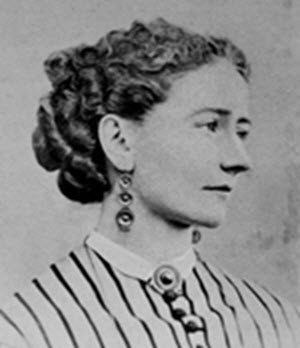Legands of the Jews > Volume 3 >
THE FOUR DIVISIONS OF THE LEVITES
Apart from the census of all male Levites, Moses now took another census of the men from the ages of thirty to fifty, for only at this age were the Levites permitted to perform service in the Tabernacle throughout their march through the desert, a law that indeed ceased to hold good when Israel settled in the Holy Land. [433] These officiating Levites, as well as the priests, were divided by Moses into eight sections, a number that was not doubled until the prophet Samuel increased it to sixteen, to which David again added eight, so that there were later twenty-four divisions among the Levites and priests. [434]
The most distinguished among the Levites were the sons of Kohath, whose charge during the march through the desert was the Holy of Holies, and among the vessels particularly the Holy Ark. This latter was a dangerous trust, for out of the staves attached to it would issue sparks that consumed Israel's enemies, but now and then this fire wrought havoc among the bearers of the Ark. It therefore became a customary thing, when the camp was about to be moved, for Kohath's sons to hasten into the sanctuary and seek to pack up the different portions of it, each one planning cautiously to shift the carrying of the Ark upon another. But this even more kindled God's anger against them, and He slew many of the Kohathites because they ministered to the Ark with an unwilling heart. To avert the danger that threatened them, God ordered Aaron and his sons to enter first into the sanctuary, and "to appoint to the Kohathites, every one, his service and his burden, that they might not go in to see when the holy things are covered, lest they die." This was done because previous to this command the sons of Kohath had been accustomed to feast their eyes on the sight of the Ark, which brought them instantaneous death. But, according to this order, Aaron and his sons first took apart the different portions of the sanctuary, covered the Ark, and not till then called the sons of Kohath to bear the burden.
During the march the Levites might wear no shoes, but had to walk barefoot because they carried and ministered to holy objects. The Kohathites had, moreover, to walk backwards, for they might not turn their backs to the Holy Ark. They were, furthermore, owing to their offices as bearers of the Ark, distinguished by being the first of the Levites to be numbered in the census, although in other respects the sons of Gershon led, for Gershon was the first-born of Levi. [435]
When giving the commission to count the sons of Kohath, God explicitly mentioned that Moses should undertake the census with Aaron, but He did not do so when He ordered the numbering of the sons of Gershon. Moses now thought that God had done this intentionally because the former were directly under Aaron's supervision while the Gershonites were not. Nevertheless, out of respect to his brother, he bade his brother, as well as, out of courtesy, the princes of the tribes to be present at the numbering of the Levites, but he did not tell Aaron that he did so in the name of God. In this Moses erred, for God wished Aaron to be present at the numbering of the Levites. For this reason, when He ordered the census of the third division, Merari's sons, to be taken, He expressly mentioned Aaron's name. At the apportionment of the service among the individual Levites, however, Aaron paid attention only to the sons of Kohath, each of whom had his special task allotted to him, whereas Moses appointed their tasks to the sons of Gershon and Merari. [436] The highest chief of the Levites, however, was Eleazar, who was "to have the oversight of them that keep the charge of the santuary." But despite his high position, Eleazar was modest enough to participate in the service in person. During their marches from place to place, he himself would carry all needful things for the daily offering. In his right hand he carried the oil for the candlestick, in his left hand the incense, on his are the things that were made in the pans, and, attached to his girdle, the phial with the oil for ointment. [437] Ithamar, Eleazar's brother, also had a duty in the sanctuary, for it was he to whom the guidance of the service of Gershon's and Merari's sons was assigned. For these must perform none but the service God had specially assigned to them, as no Gershonite might perform the duty of a Merarite, and vice versa, and each individual, too, had his special duty, that no quarrel might arise among them. [438]





